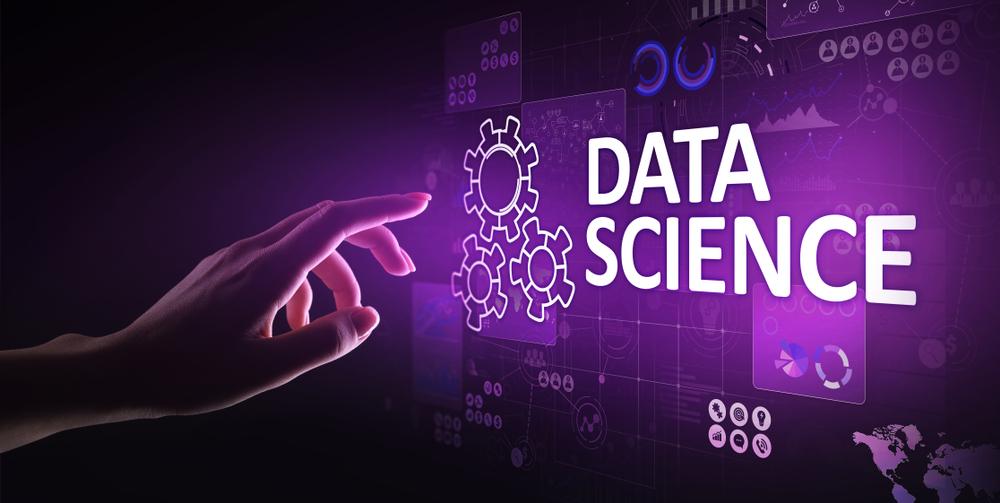landscape of business today is in a constant state of change, and data science makes a significant impact on the industry. As human interaction with technology grows by the day, the amount of data that is generated on a routine basis is immeasurable. This data is found in the raw form and is of immense value to business and research.
Data science aims at collecting, processing, analyzing, and presenting this data in a visual format to help companies or organizations in making crucial business decisions. This boom is one of the major reasons why data scientists are in high demand. According to LinkedIn Workforce Report, the demand for data scientists is increasing at a fast pace. Yet, the number of people who apply for these jobs is very low, reiterating the fact that though there is a high demand, the supply is stagnant. With the advent of the latest trends and updated technology, the data science field is expected only to grow larger.
Emerging technologies in Data Science
As a developing field, data science has an enormous scope to grow larger. The latest discoveries and trends have set it apart from major professions in ways more than one. To understand the opportunities this field holds, one must understand the emerging technologies in data science that are shaping the future, and for the better.
1. Artificial Intelligence
According to CMO, 47% of digitally mature organizations reported that they have a defined AI strategy in place. Artificial Intelligence or AI has been around for quite a long time. It has been used to make interaction with technology and collecting customer data easier over the decades. Due to its high processing speed and data access, it is now deeply rooted in your routine lifestyle. From voice and language recognition, such as Alexa and Siri, to predictive analytics and driverless cars, artificial intelligence is growing at a fast rate by bringing innovation, providing a competitive edge to businesses, and changing the way how companies operate today.
2. Cloud Services
As humongous data is generated daily, it becomes a challenge to find solutions for low-cost storage and cheap power. This is where cloud computing and services come as a savior. Cloud services aim at storing large amounts of data for a low cost to efficiently tackle the issues encountered regarding storage in data science.
3. AR/VR Systems
AR stands for Augmented Reality, whereas VR stands for Virtual Reality. This technology has already caught the attention of individuals and businesses all around the world. Augmented reality and virtual reality aim at enhancing the interactions between humans and machines. They automate data insights with the help of machine learning and Natural Language Processing (NLP), which facilitates data scientists and analysts in finding patterns and generating shareable smart data. As reported by eMarketer, 42.9 million people use VR, and 68.7 million people use AR at least once every month.
4. IoT
IoT refers to a network of various objects such as people or devices that have unique IP addresses and an internet connection. These objects are designed in such a way to communicate with each other with the help of internet access. Sensors and smart meters, among others, are a few boons of the IoT and data scientists intend to develop this technology further to be able to use it in predictive analytics. As per the report by Fortune Business Insights, the IoT devices market is expected to reach $1.1 trillion by the year 2026.
5. Big Data
Big Data refers to humongous amounts of data that may be either structured or unstructured. These sets of data are too large to be quickly processed with the help of traditional techniques, and hence advanced techniques need to be employed for the same. Big Data boasts of technologies such as dark data migration and strong cybersecurity, which would not have been possible without it. Smart bots are also a result of processing big data to analyze the necessary information. According to Big data made simple, around 90 percent of the world’s data has been created in the past two years alone, rather than over a long period of time

 SkillClick
SkillClick
